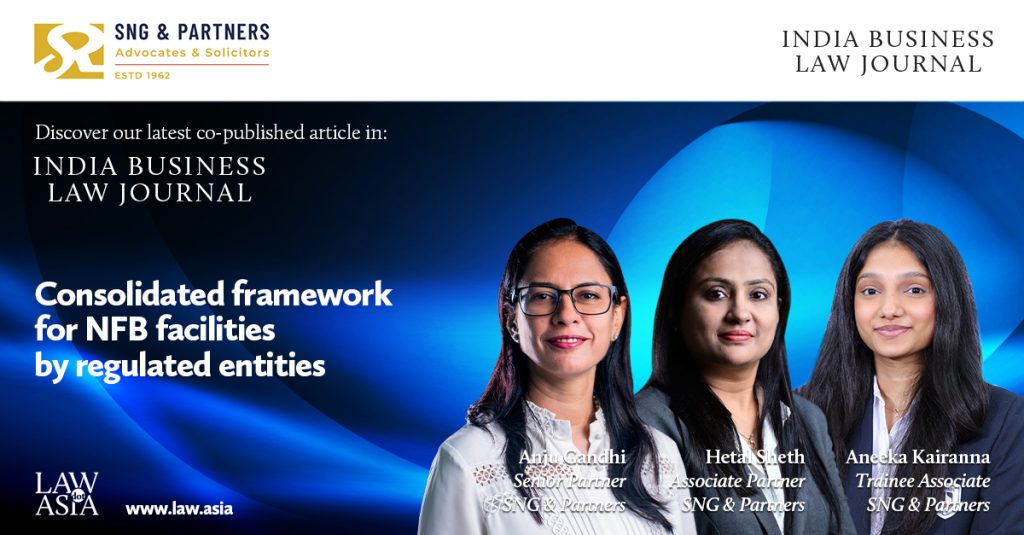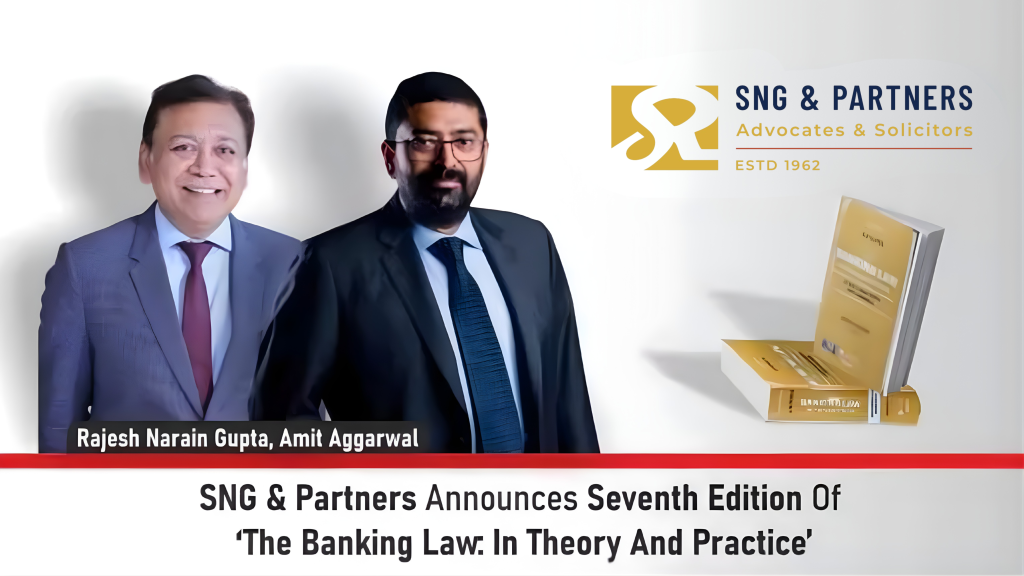It is a common practice for lenders to require guarantors for loans. Under section 128 of the Indian Contract Act, 1872, the liability of the surety is co-extensive with that of the debtor. The guarantor’s liability crystalizes as soon as the borrower defaults on the debt. However, the provisions of the Insolvency and Bankruptcy Code, 2016 (code), do not expressly deal with simultaneous claims in corporate insolvency resolution processes (CIRP) of the borrower and the corporate guarantor.
It was assumed that a financial creditor may claim in the CIRPs of both borrower and guarantor. The National Company Law Appellate Tribunal (NCLAT) concurred with that view and in Dr Vishnu Kumar Agarwal v M/s Piramal Enterprises Ltd held that there is no bar in the code to filing applications simultaneously under section 7 against the principal borrower and the corporate guarantors. However, the NCLAT disallowed the invocation of a CIRP against any of them if a CIRP against any one of them had already started. This ruling created a conundrum for lenders as the NCLAT recognised the principle of co-extensive liability of the debtor and the guarantor but rejected it under the provisions of the code.
The contrary view was taken by the NCLAT in State Bank of India v Athena Energy Ventures Private Limited. The NCLAT recognised that the simultaneous claim is central to a contract of guarantee, and where the borrower and surety are undergoing CIRPs, the lender should be able to file claims in both. The NCLAT observed that in such cases the amount received by the lender from the borrower or guarantor would be adjusted in the other CIRP. The NCLAT suggested that this can be conveniently done, especially if the resolution professional (RP) in the CIRPs is the same. In Athena, the NCLAT observed that the Supreme Court made orders to maintain status quo and stayed the judgments of the NCLAT in appeals in the Piramal case, as well as in other cases in which Piramal was followed.
In the recent case of State Bank of India v Animesh Mukhopadhyay, Resolution Professional of Zenith Finesee India Pvt Ltd the NCLAT further strengthened the position of the lenders and declined to follow Piramal. The NCLAT held that until payment is received in one CIRP by the lender, claims can be maintained in both CIRPs against the borrower and corporate guarantor for the same amount and representation on the committee of creditors (CoC) in both CIRPs.
The NCLAT took a similar view in Edelweiss Asset Reconstruction Company Ltd v Gwalior Bypass Projects Ltd in which the NCLAT held that there is no bar for the financial creditor to proceed against the principal borrower and corporate guarantor at the same time, or file claims in both CIRPs. The tribunal said that in Piramal one guarantor had walked away simply because the lender had proceeded first against another.
The NCLAT in the Zenith and Edelweiss cases adopted the view of the Insolvency Law Committee report of February, 2020, that joint and several liability of the borrower and the surety is a key feature of a guarantee. The object of a guarantee is nullified if the creditors are prohibited from filing claims in the CIRPs of both borrower and surety.
It is therefore now well settled that financial creditors can initiate CIRPs simultaneously against borrowers and guarantors for the same debt. Such creditors can also claim simultaneously in both CIRPs for the same debt and will have a right to representation and voting in CoCs in both CIRPs. These recent rulings have strengthened the position of financial creditors under the code and have provided much needed clarity. While lenders will now not hesitate to obtain guarantees to secure repayment of the loans, there will be the added burden on potential guarantors of more accurately assessing the risks involved.
Although lenders will welcome these decisions of the NCLAT, it remains to be seen whether the legislature will amend the code to reflect the way in which the NCLAT dealt with the problem of simultaneous claims, and to clarify the procedures that financial creditors and RPs should adopt in dealing with such simultaneous claims filed by the financial creditors in both CIRPs against the borrower as well as the guarantor.



